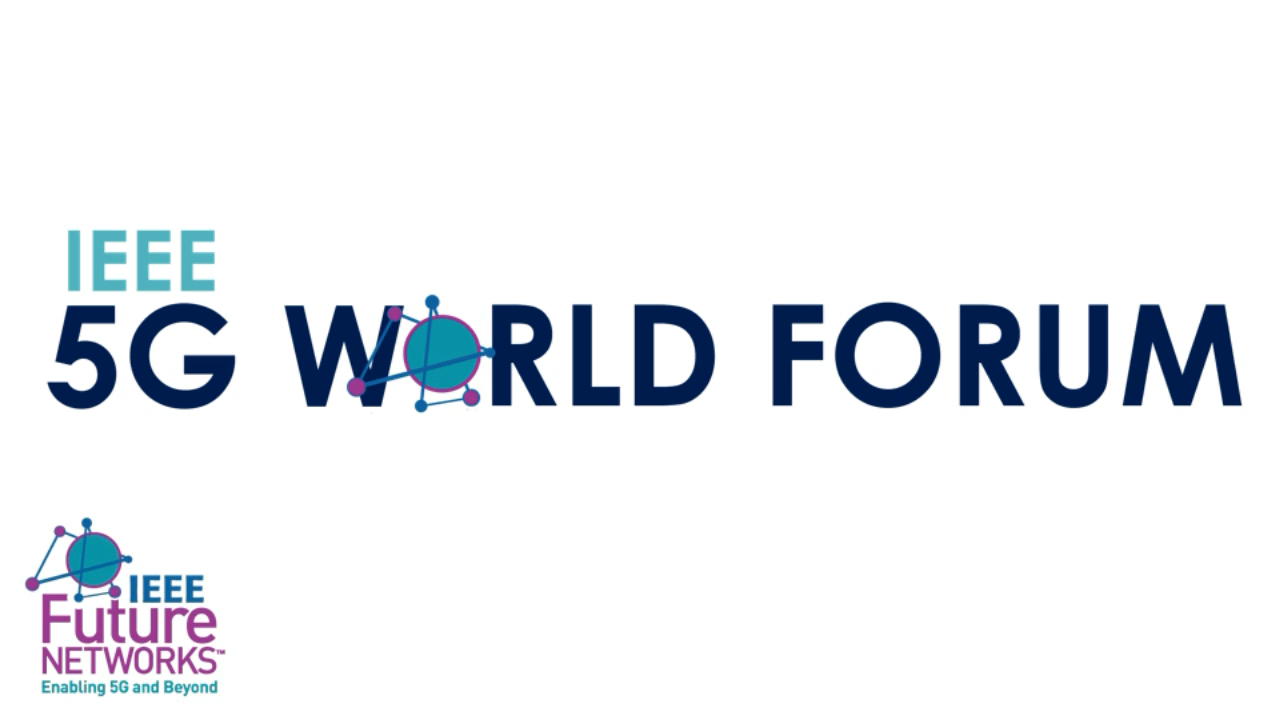
This video program is a part of the Premium packages:
Free space optics: Potentials, challenges, and perspectives
- IEEE MemberUS $1.00
- Society MemberUS $0.00
- IEEE Student MemberUS $1.00
- Non-IEEE MemberUS $2.00
- IEEE MemberUS $50.00
- Society MemberUS $0.00
- IEEE Student MemberUS $25.00
- Non-IEEE MemberUS $100.00
Free space optics: Potentials, challenges, and perspectives
Optical wireless communication (OWC) has received considerable attention for a variety of applications due to the broad unlicensed spectrum. OWC systems operate over different frequency bands to carry information on optical signals, which are then ultraviolet, visible, and infrared. In this tutorial, we will mainly focus on infrared OWC, commonly referred to as free space optics (FSO). FSO can guarantee a high-bit-rate line of sight transmission over long distances of up to several kilometers. As such, FSO is an attractive solution to the last-meter and last-mile connectivity problems in communication networks, mainly when fiber optics installation is unavailable. Installing FSO systems can significantly help to tackle the “digital divide” by lowering the installation time and cost. FSO is equally expected to be a significant part of the beyond 5G eras. However, FSO is subject to different technical and channel related challenges, including alignment, divergence, and random propagation effects. Various diversity and multiplexing based techniques have been proposed to improve the reliability and transmission capacity of FSO systems. Recently, the spatial structure of the light as an additional degree of freedom for FOS communications was proposed. The concept is better known as spatial mode multiplexing (SMM). Until now, FSO demonstrations, including those with spatially structured light, have been mostly confined to well-controlled laboratory conditions. The goal of this tutorial is to present the new trends in FSO and the main challenges to establish high-bit rate outdoor optical wireless links. The attendees of the tutorial will also become familiar with SSM-based FSO and how to harness structured light beams in a real-world environment. We will further present the potential of FSO for deep-space communication.
Free space optics: Potentials, challenges, and perspectives
Abderrahmen Trichili (King Abdullah University of Science and Technology, Saudi Arabia); Mohamed-Slim Alouini (King Abdullah University of Science and Technology (KAUST), Saudi Arabia)
 Cart
Cart Create Account
Create Account Sign In
Sign In





